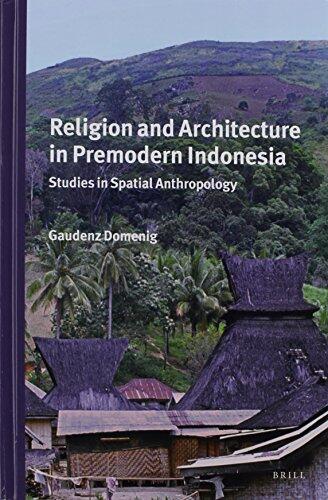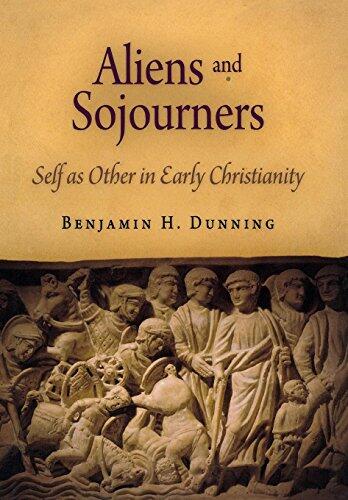
Religion and Architecture in Premodern Indonesia: Studies in Spatial Anthropology
بواسطة
Gaudenz Domenig
لا توجد تقييمات بعد
Religion & Spirituality
تنسيق
غلاف صلب
صفحات
594
لغة
الإنجليزية
منشور
Apr 3, 2014
الناشر
Brill
الطبعة
Illustrated
رقم ISBN-10
9004274006
رقم ISBN-13
9789004274006
الوصف
Gaudenz Domenig delves into the intricate relationship between religion and architecture in premodern Indonesia, exploring how spiritual beliefs have shaped the built environment. Through a careful examination of various ethnic practices, the work reveals the profound ways in which religious identity is expressed through spatial arrangements and architectural styles. Richly illustrated, the book captures the vibrant tapestry of Indonesian culture, showcasing diverse religious expressions across different regions.
Domenig's analysis highlights the significance of sacred spaces, revealing how they function not only as places of worship but also as embodiments of cultural values and social hierarchies. By employing a spatial anthropology perspective, the author uncovers the layers of meaning embedded in Indonesia's architectural heritage, addressing both historical context and contemporary relevance.
The book invites readers to consider the interplay between religious practices and spatial design, emphasizing the importance of understanding architecture as a reflection of cultural identities. With its detailed illustrations and thoughtful insights, Domenig's exploration will resonate with scholars and enthusiasts alike, offering a deeper appreciation for Indonesia's rich architectural landscape and its spiritual underpinnings.
Domenig's analysis highlights the significance of sacred spaces, revealing how they function not only as places of worship but also as embodiments of cultural values and social hierarchies. By employing a spatial anthropology perspective, the author uncovers the layers of meaning embedded in Indonesia's architectural heritage, addressing both historical context and contemporary relevance.
The book invites readers to consider the interplay between religious practices and spatial design, emphasizing the importance of understanding architecture as a reflection of cultural identities. With its detailed illustrations and thoughtful insights, Domenig's exploration will resonate with scholars and enthusiasts alike, offering a deeper appreciation for Indonesia's rich architectural landscape and its spiritual underpinnings.



















